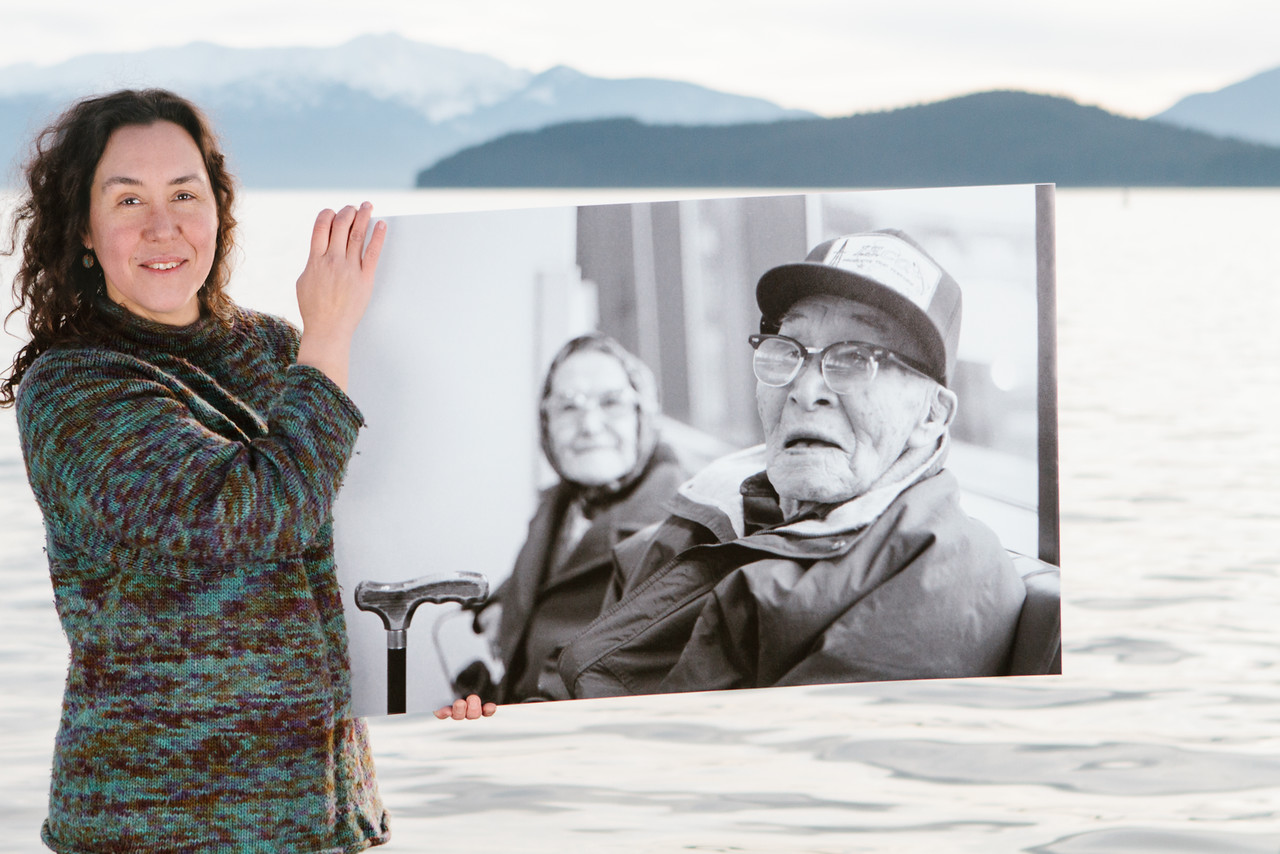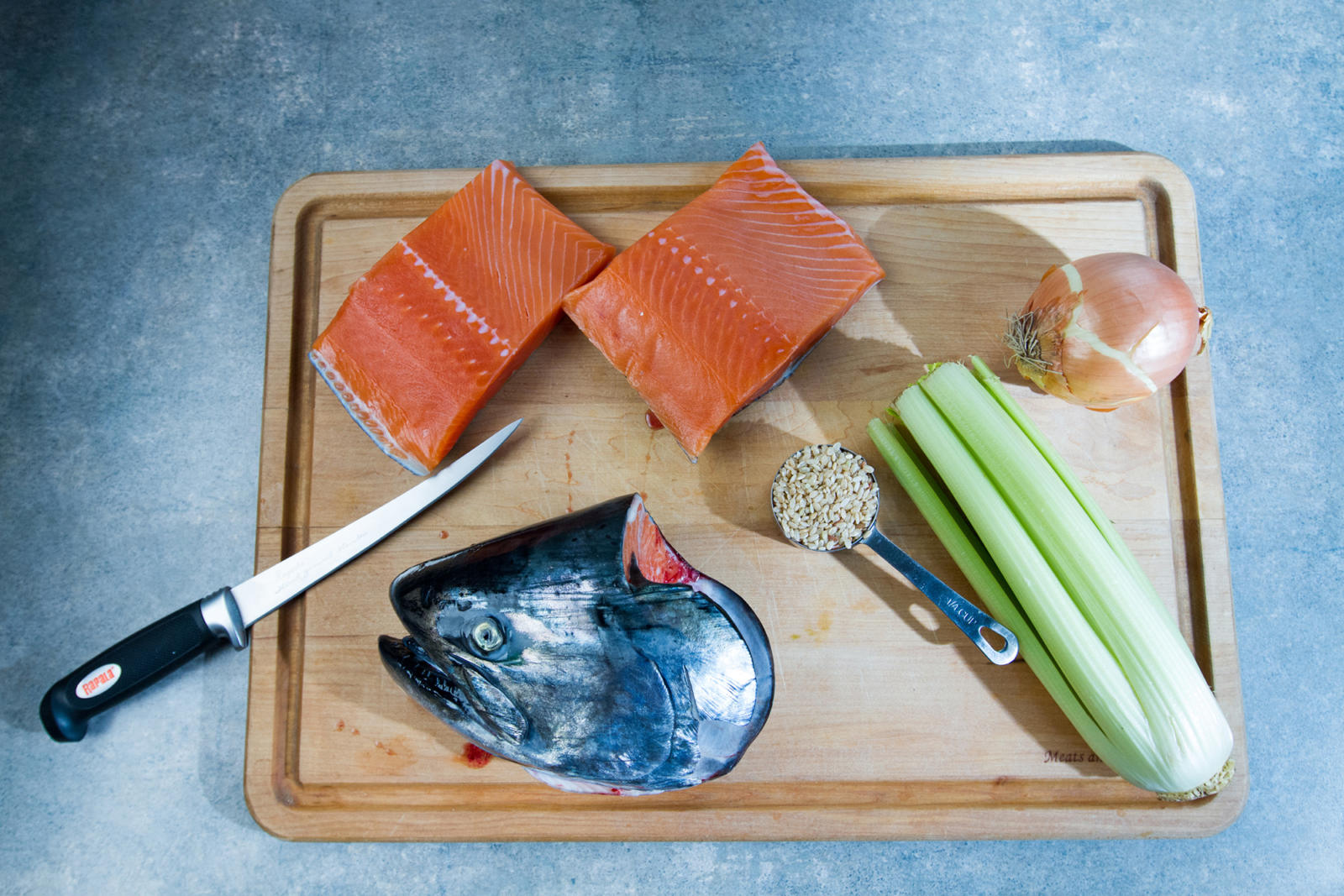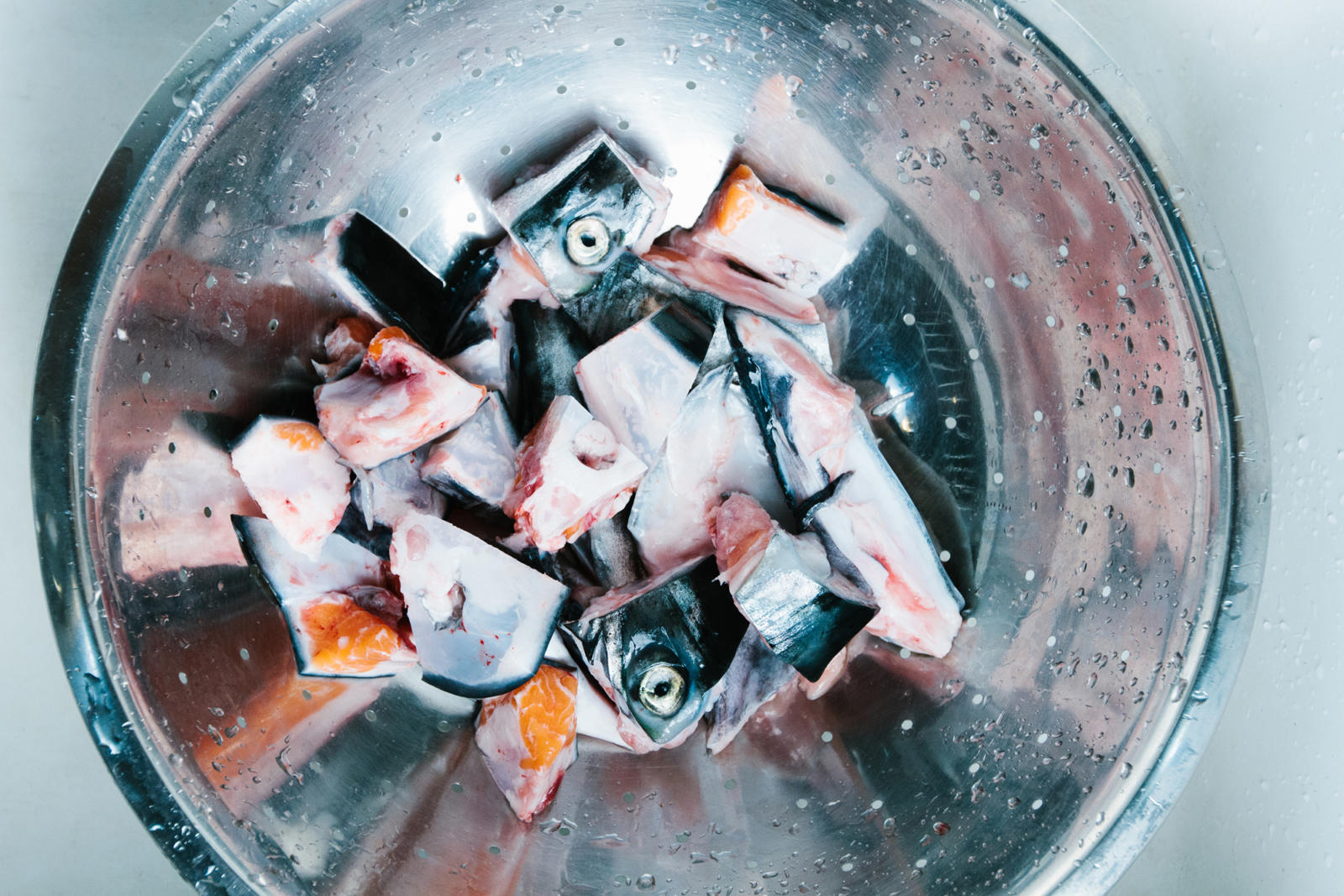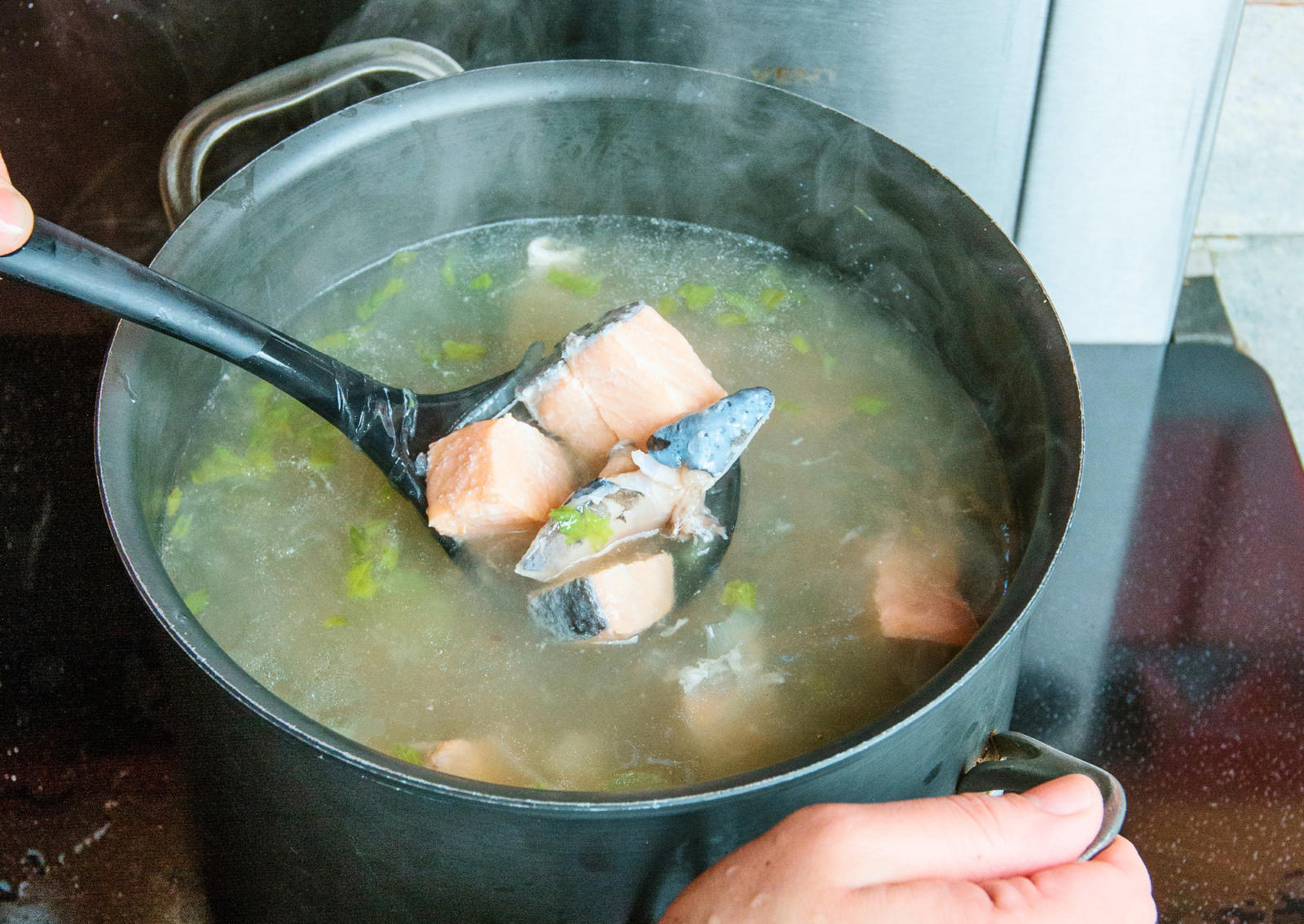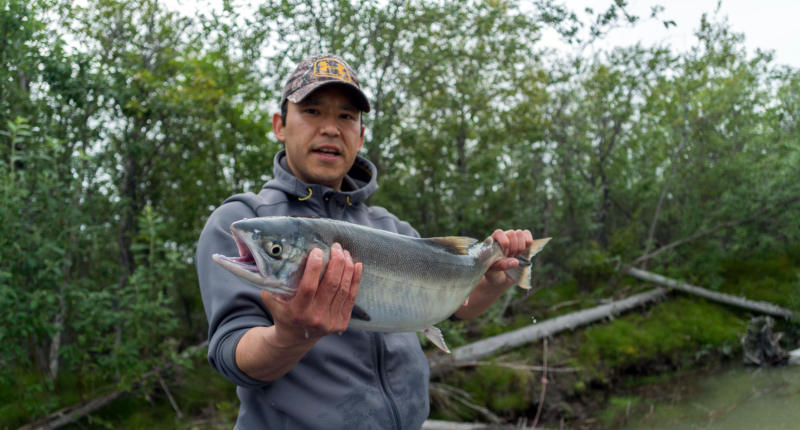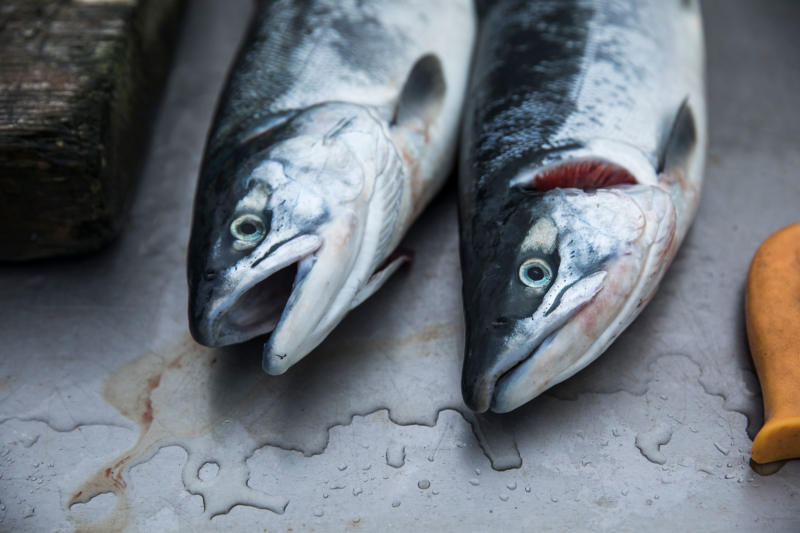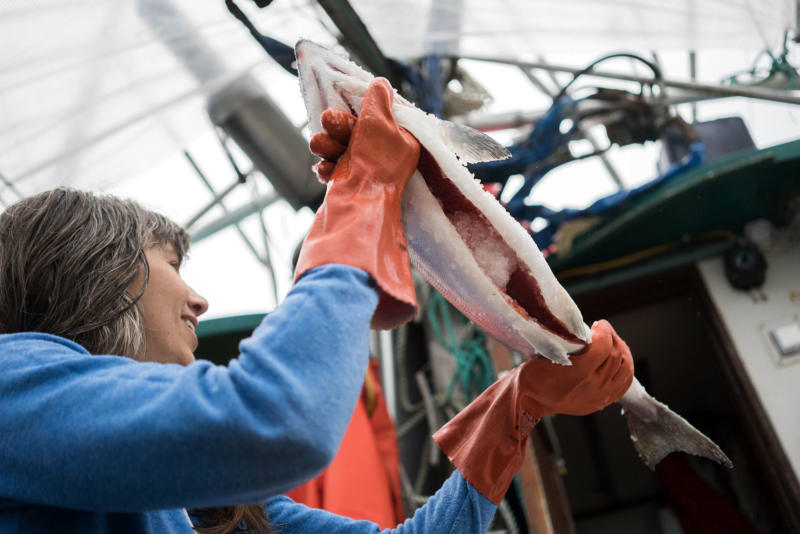“I love remembering my great-grandmother”, reminisces Melanie about Anna Chukan, who was born in Levelock in 1907. Anna was a Yupik-speaking Aleut.
“When my great-grandma, [whom I called] Umma, and [great]-grandpa, [Paul Chukan], would come to Anchorage in the winter to visit from Bristol Bay, oftentimes I would come in from playing and find Umma bent over, picking bits and lint from the carpet and putting them into a little trash bin. She would look up, smile and say, “Just like picking berries.” Melanie inherited the same love for berry-picking.
Anna was 16 when she married Paul. It was an arranged marriage, uncommon even at that time. Paul Chukan, also a Yupik-speaking Aleut, was 21 and living in the town of Naknek, at the mouth of the Naknek River, another major river feeding Kvichack Bay.
For their honeymoon, Paul and Anna took a skiff up the Naknek River to Naknek Lake, 35 miles away. Going upstream, at several shallow bends, they resorted to a rope and pulley system to pull themselves through. It was a slow ride. “[Paul] used to joke that it took [them] days to go up to the lake and only one day to [return] to town. Honeymoon was over.”
They were married for 75 years.
When Anna moved to Naknek, she began working in a cannery. She also commercial fished for sockeye salmon on Naknek River, establishing her own set net site. While Paul’s site was fourth from the river’s mouth, Anna’s was 16th. The closer a fishing site sits to the mouth of the river, the more fish fishermen can usually catch. Still, she fished enough years to qualify for a limited-entry permit.
Anna was happy to cook and did most of the cooking for the family. “She was proud to do something so substantial and basic as cooking”, remembers Melanie.
